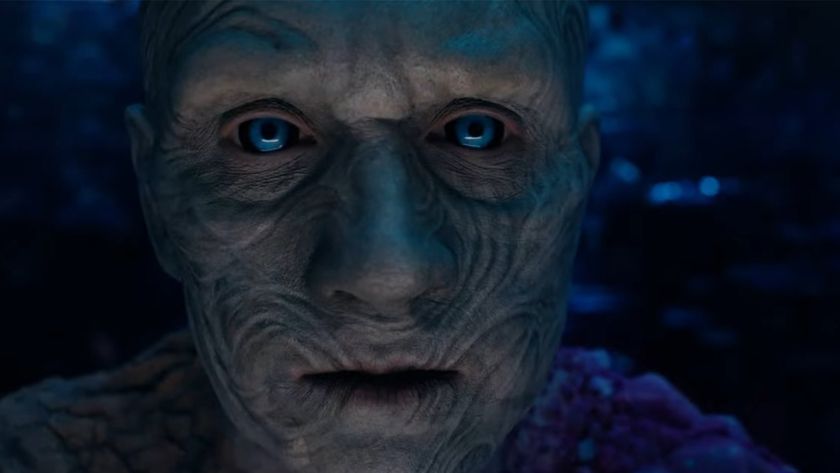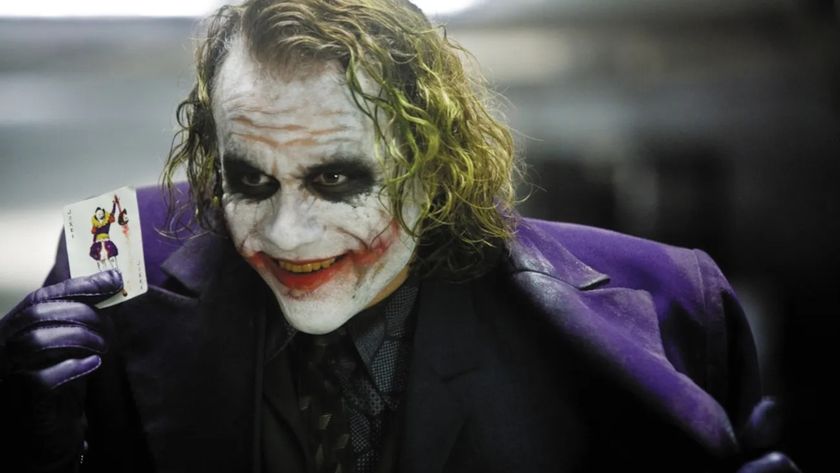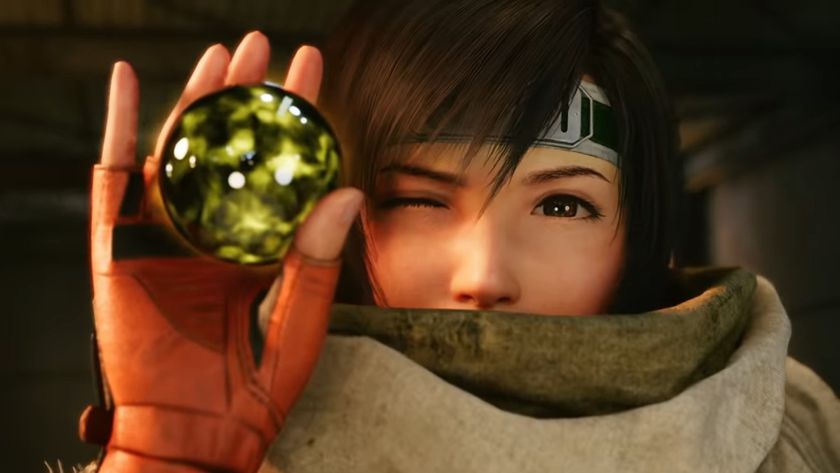Who is the Riddler? The Batman villain's comic book history explained
Riddle me this, riddle me that, man - here's everything you need to know about the iconic Riddler before The Batman
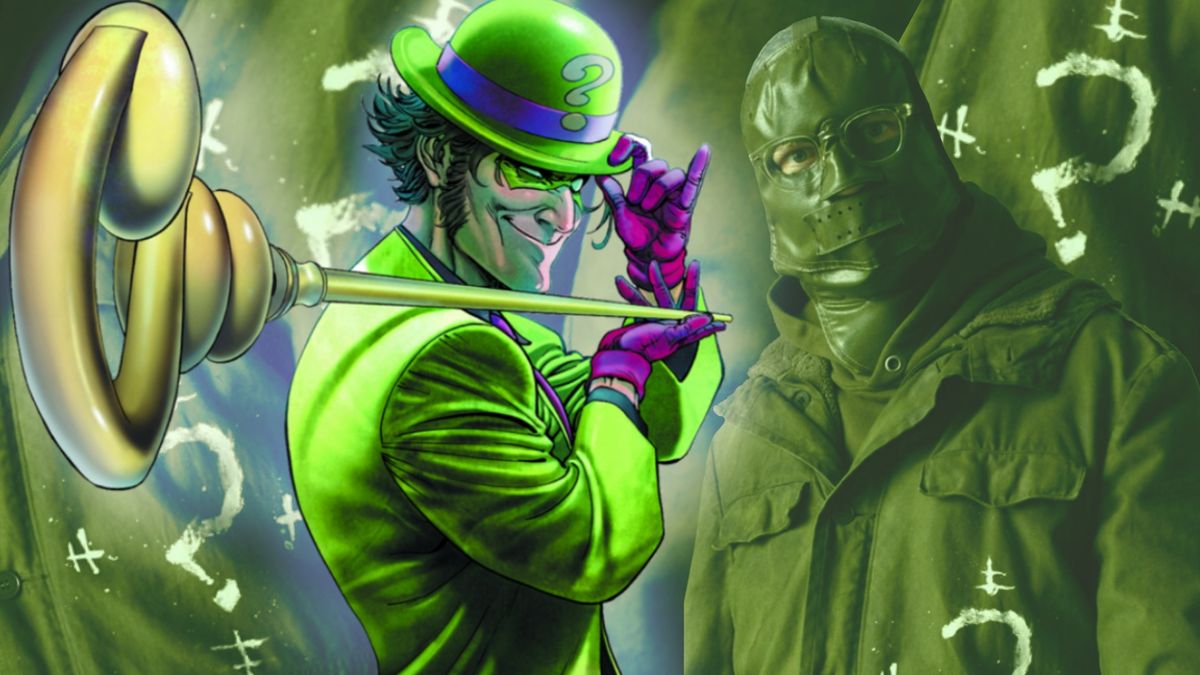
"Riddle me this, Batman!"
The Riddler is one of Batman's most iconic foes, to the point where his catchphrase has become a pop culture touchstone all its own (Key & Peele's hilarious 'Batmans' sketch being a primary example). That popularity goes all the way back to the '60s Batman TV show, in which Frank Gorshin played the Riddler with manic glee as one of the Caped Crusader's main recurring enemies.
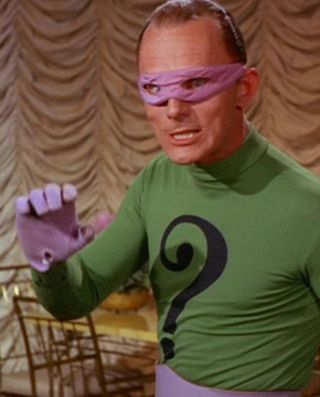
But Riddler's comic book history goes back even farther, to 1948's Detective Comics #140, and his backstory and place in Batman lore aren't quite what you might expect from his pop culture portrayals.
And with The Batman soon presenting a new movie version of the character with a markedly different appearance and attitude than the madcap menace of the Silver Age, it's high time we dug into the comic book past of the Riddler to solve the mystery of the man known as 'Edward Nygma.'
So put on your thinking caps and get ready to puzzle over the comic book history of the Riddler, and what it could mean for Paul Dano's portrayal of the character in The Batman.
Who is The Riddler?
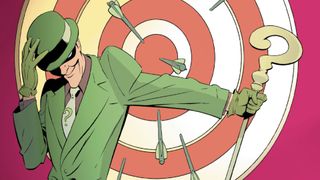
Asking 'Who is the Riddler?' seems a little funny, given the character's gimmick and reputation, but the answer is slightly harder to come by than one might expect. As with many DC characters, there have been multiple iterations of the Riddler over his nearly 75 years in the DC Universe, with the character varying somewhat in each of the publisher's successive continuity reboots.
At the same time, there are some constants throughout the Riddler's history that define him as a character, even when his appearance or personality undergoes slight shifts thanks to continuity changes.
Comic deals, prizes and latest news
Get the best comic news, insights, opinions, analysis and more!
Since his earliest Golden Age days, the Riddler has almost literally worn his gimmick right on his question mark-bedecked sleeve, with the fairly straightforward concept that he's a criminal mastermind who is obsessed with outsmarting Batman, the world's greatest detective, while also compulsively leaving him increasingly hard to solve riddles that offer clues to his next crime.
All the way through the Silver Age (the comic book era usually considered as lasting from the late '50s to the early '70s) when Riddler leapt into pop culture stardom thanks to the Batman TV show, he was one of Batman's biggest recurring adversaries - though his crimes and schemes, as with most villains of the era, were far more whimsical and madcap than actually mysterious or menacing.
In those days, Riddler's real name was Edward E. Nigma (the pun should be obvious), and his origin was a somewhat contrived story based around a childhood obsession with winning a contest to solve a difficult riddle for a prize - which grew into an obsession with outsmarting people through riddles.
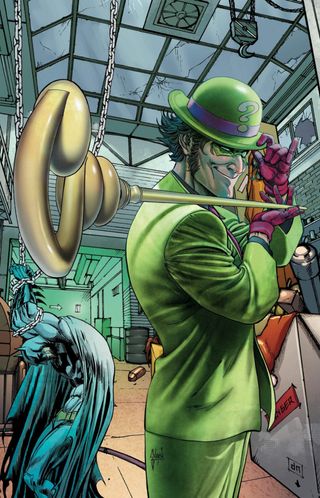
Later, following the '80s event Crisis on Infinite Earths, which rebooted and relaunched DC continuity, Riddler's history was changed somewhat. In the new continuity, Riddler's real name was Edward Nashton, with Edward Nygma being a pseudonym, and his obsession with riddles comes from an obsessive need to tell the truth which he developed during his abusive childhood, in which his parents constantly accused him of lying and cheating.
This created a twofold pathology for Riddler in which he felt compelled to commit crimes and engage in acts of deception, while also finding ways to hide the truth of his crimes behind the veneer of riddles (trust us, you won't find this unique condition in the DMC5 evaluation).
In later reboots, this origin is largely maintained, though once again his real name is somewhat altered, back to Edward Nygma (some stories imply that this is still a pseudonym, and he's also used the nickname 'Eddie Nash,' a derivative of Edward Nashton, his post-Crisis name).
The most recent version of Riddler's villainous origin, established in the 'New 52' era, adds a new twist, somewhat derived from Jim Carrey's '90s movie version of the Riddler from Batman Forever, with Edward Nygma now coming into conflict with Batman not simply due to his own desire to outsmart the Caped Crusader, but as part of his job at Wayne Enterprises where he worked as a 'strategist' for Bruce Wayne's uncle Philip Kane, the company's CEO at the time.
When Nygma uses Wayne Enterprises resources to try and assassinate Bruce Wayne, his failed plot exposes him as a criminal, and he enacts his master plan to take over Gotham.
This scheme, told in the story Batman: Zero Year by Scott Snyder and Greg Capullo, involves Nygma using his riddles and a host of advanced tech to hold the whole city of Gotham hostage, leading Bruce Wayne to develop and codify the persona and methods of being Batman, positioning Riddler as one of Batman's earliest and most diabolical villains in the current version of his continuity.
The Riddler in the DC Universe
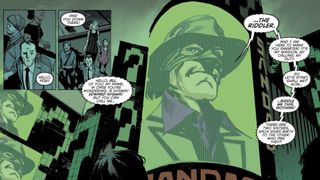
In the years since his origin and identity were initially rewritten back in the post-'Crisis' era, Riddler has developed from a gimmicky super crook into a dastardly, and even deadly criminal mastermind.
In his post-'Crisis' incarnation, Riddler started out as an enigmatic criminal informant to the mob, as shown in stories such as Batman: The Long Halloween and Catwoman: When In Rome, which showcased Riddler's early years as a burgeoning costumed criminal.
But Riddler's greatest moment in this era came in the 2002-03 story Batman: Hush, in which Riddler, having uncovered Bruce Wayne's identity, chooses to use his knowledge to team up with Tommy Elliot, one of Bruce's childhood rivals, who blames Bruce's parents for foiling his attempt to murder his parents for their insurance money.
Batman: Hush roped in nearly all of Batman's major villains thanks to Riddler's machinations, with Riddler finally revealing to Batman that he knows his secret identity - but prizes the secret far more than any satisfaction he'd get from revealing it - and sets Batman on the path to discovering that his long dead former sidekick Jason Todd had secretly been resurrected.
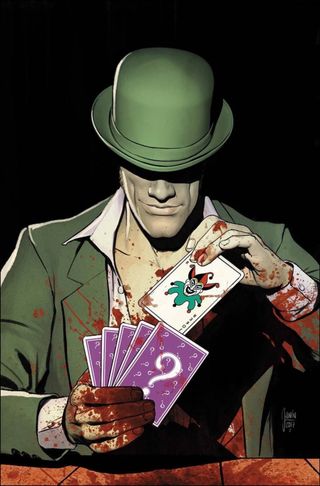
In the years after Batman: Hush, but before 2011's 'New 52' rewrote DC continuity again, Riddler attempted to reform somewhat as a private investigator using his own skills of detection and lateral thinking, which rival those of even Batman. However, as is usually the case for folks like the Riddler, he eventually returned to villainy.
When the DC Universe was rebooted again with the 'New 52,' Riddler was also given a fresh start, leading to the previously detailed Batman: Zero Year storyline, which updated Batman's earliest adventures for the new continuity.
That's the version of Riddler that has stuck around since, with the subsequent 'Rebirth' era of DC following up Zero Year with the story Batman: The War of Jokes and Riddles, in which Riddler engages in a gang war with the Joker (as implied by the title, naturally).
He's since appeared as a regular part of Batman's cast of villains, even playing a role in the DC Universe/Watchmen crossover Doomsday Clock.
The Riddler in movies and TV
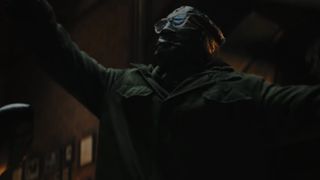
Like we said, just about everyone knows Frank Gorshin's iconic TV portrayal of the Riddler from the '60s Batman TV show and its accompanying movie, even if just for the visual of his green, question-marked suits. And if not from the '60s Batman show, many fans undoubtedly know Riddler from his cold, calculating portrayal as a scientific genius with a penchant for death traps in Batman: The Animated Series.
Riddler has also appeared in just about every other Batman cartoon adaptation, with the early '00s show The Batman (no relation to the movie) putting forth a particularly distinct version of Riddler as a young computer hacker with a totally different look. And he was brought to television in live-action again as a core recurring villain on the Batman prequel show Gotham, played by Corey Michael Smith.
But when it comes to modern movies, there's really only one version of the character - Jim Carrey's weird and wacky version from Batman Forever, in which Edward Nygma is a jilted Wayne Enterprises employee who uses his virtual reality technology and obsession with riddles to menace Batman and his new sidekick Robin, absorbing all the knowledge and secrets of Gotham City through strange devices sold to consumers as VR enhancements for their TVs.
Carrey's Riddler is far closer to Gorshin's cackling, corny TV version than any comic book incarnation, with a bizarre, performative sense of humor and a closet full of glam-rock style, question mark-themed sequined jumpsuits.
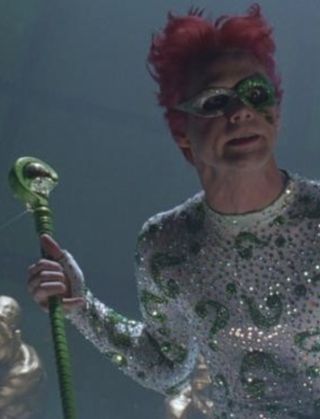
It's maybe not a mystery then why the upcoming film The Batman will take a decidedly different approach to the Riddler with Paul Dano's portrayal, who doesn't wear a business suit or leotards like his comic book and movie predecessors, but a creepy green coverall decked out with a single, strange question mark symbol - reminiscent of witness accounts of the still-unidentified real-world serial killer known as the Zodiac.
Likewise, trailers for The Batman seem to show Riddler as a deadly mastermind who ropes Batman into his schemes through a series of murders, before apparently launching a Gotham-wide plan of destruction and mayhem - not unlike his arc in Batman: Zero Year.
The Batman, starring Robert Pattinson as Bruce Wayne/Batman, Zoë Kravitz as Catwoman, Colin Farrell as Penguin, and many more new incarnations of classic Gotham City characters, is due out in theaters in March - so we'll have to wait until then to see exactly how the new movie Riddler will line up with the character's portrayal in comic books.
Until then, fans will keep champing at the bit to start solving all the puzzles left behind by the new film version of the Riddler, one of Batman's most enduring and beloved villains, who lovers of the Caped Crusader have been clamoring to see return to the big screen for years.
The Riddler is high on the list of the best Batman villains ever.
I've been Newsarama's resident Marvel Comics expert and general comic book historian since 2011. I've also been the on-site reporter at most major comic conventions such as Comic-Con International: San Diego, New York Comic Con, and C2E2. Outside of comic journalism, I am the artist of many weird pictures, and the guitarist of many heavy riffs. (They/Them)

